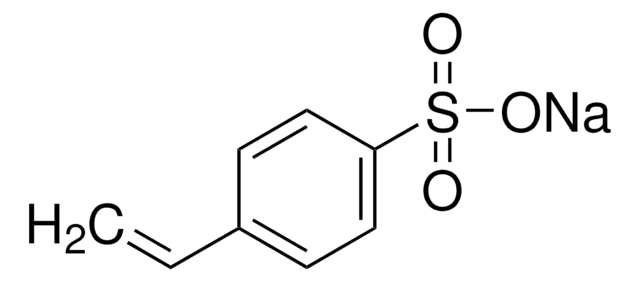496146
[2-(Acryloyloxy)ethyl]trimethylammonium chloride solution
80 wt. % in H2O, contains 600 ppm monomethyl ether hydroquinone as inhibitor
Sinonimo/i:
2-(Dimethylamino)ethyl acrylate, methyl chloride quaternary salt
About This Item
Prodotti consigliati
contiene
600 ppm monomethyl ether hydroquinone as inhibitor
Livello qualitativo
Concentrazione
80 wt. % in H2O
Indice di rifrazione
n20/D 1.478
Densità
1.132 g/mL at 25 °C
Temperatura di conservazione
2-8°C
Stringa SMILE
[Cl-].C[N+](C)(C)CCOC(=O)C=C
InChI
1S/C8H16NO2.ClH/c1-5-8(10)11-7-6-9(2,3)4;/h5H,1,6-7H2,2-4H3;1H/q+1;/p-1
FZGFBJMPSHGTRQ-UHFFFAOYSA-M
Applicazioni
- Dual functional quaternary chitosans with thermoresponsive behavior: structure-activity relationships in antibacterial activity and biocompatibility: This research evaluates quaternary chitosans modified with [2-(Acryloyloxy)ethyl]trimethylammonium chloride, analyzing their thermoresponsive properties, antibacterial activity, and biocompatibility, which are critical for developing smart biomaterials (Borandeh et al., 2023).
- Removal of Antimony(III) and Antimony(V) from water samples through water-soluble polymer-enhanced ultrafiltration: The application of [2-(Acryloyloxy)ethyl]trimethylammonium chloride in environmental science is illustrated by its use in enhancing polymer ultrafiltration systems designed for the efficient removal of antimony contaminants from water (Dündar et al., 2022).
- Stable Antimicrobial Activity Achieved via Immobilization of Quaternary Ammonium Chloride on Hair: This article explores the immobilization of [2-(Acryloyloxy)ethyl]trimethylammonium chloride on hair fibers, achieving stable antimicrobial properties which are proposed for use in hygienic hair care products (Kim and Son, 2018).
Avvertenze
Warning
Indicazioni di pericolo
Consigli di prudenza
Classi di pericolo
Acute Tox. 4 Oral - Eye Irrit. 2 - Skin Sens. 1
Codice della classe di stoccaggio
12 - Non Combustible Liquids
Classe di pericolosità dell'acqua (WGK)
WGK 1
Punto d’infiammabilità (°F)
Not applicable
Punto d’infiammabilità (°C)
Not applicable
Scegli una delle versioni più recenti:
Possiedi già questo prodotto?
I documenti relativi ai prodotti acquistati recentemente sono disponibili nell’Archivio dei documenti.
I clienti hanno visto anche
Il team dei nostri ricercatori vanta grande esperienza in tutte le aree della ricerca quali Life Science, scienza dei materiali, sintesi chimica, cromatografia, discipline analitiche, ecc..
Contatta l'Assistenza Tecnica.![[2-(Methacryloyloxy)ethyl]trimethylammonium chloride solution 75 wt. % in H2O](/deepweb/assets/sigmaaldrich/product/structures/316/612/66b0f4cf-d060-427d-b4f5-e8fab3e5cffe/640/66b0f4cf-d060-427d-b4f5-e8fab3e5cffe.png)

![[2-(Methacryloyloxy)ethyl]dimethyl-(3-sulfopropyl)ammonium hydroxide 95%](/deepweb/assets/sigmaaldrich/product/structures/217/219/73c91e1c-0ee4-4b3d-bead-a6dc3d09d1da/640/73c91e1c-0ee4-4b3d-bead-a6dc3d09d1da.png)
![[3-(Methacryloylamino)propyl]trimethylammonium chloride solution 50 wt. % in H2O](/deepweb/assets/sigmaaldrich/product/structures/189/736/089bc8ae-2a98-416d-9f9a-a0a510b6b828/640/089bc8ae-2a98-416d-9f9a-a0a510b6b828.png)


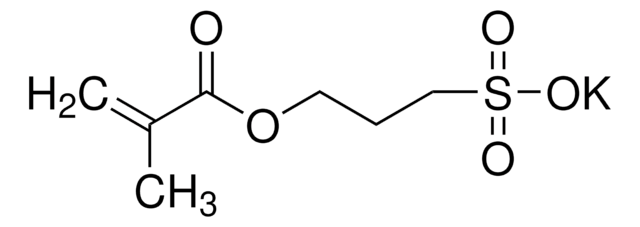
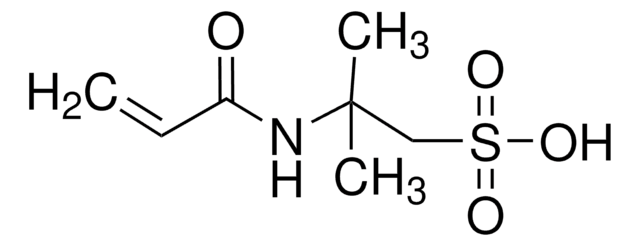
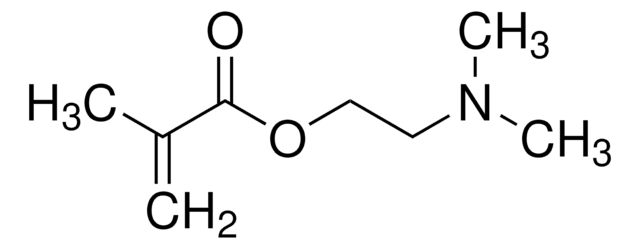
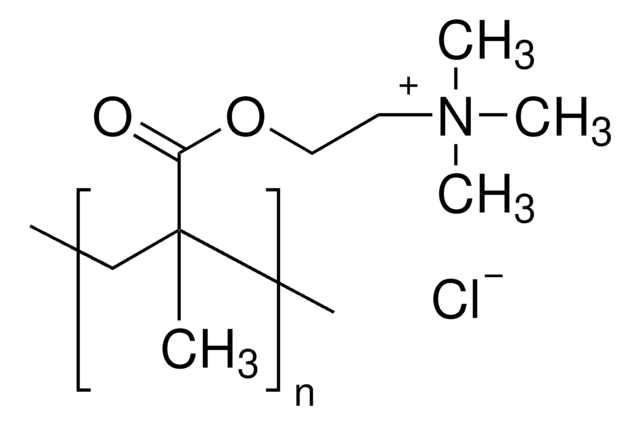

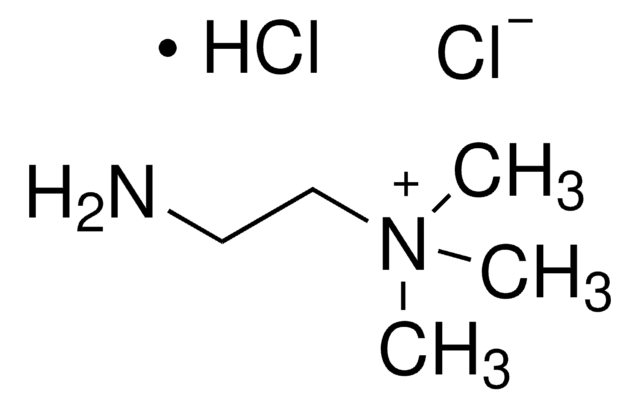

![N-[3-(Dimethylamino)propyl]methacrylamide 99%, contains MEHQ as inhibitor](/deepweb/assets/sigmaaldrich/product/structures/295/145/6b4aae15-7cb5-4b7b-9c06-8e6d24e50951/640/6b4aae15-7cb5-4b7b-9c06-8e6d24e50951.png)
